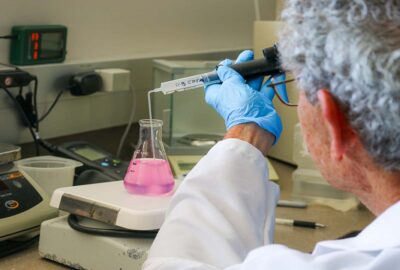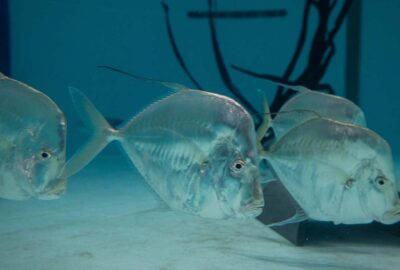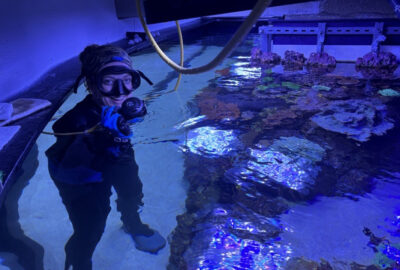The Behind-the-Scenes Stewards of the Aquarium’s Water
How the Environmental Quality team keeps our water—and the animals who depend on it—in perfect balance.
By New England Aquarium on Wednesday, August 20, 2025

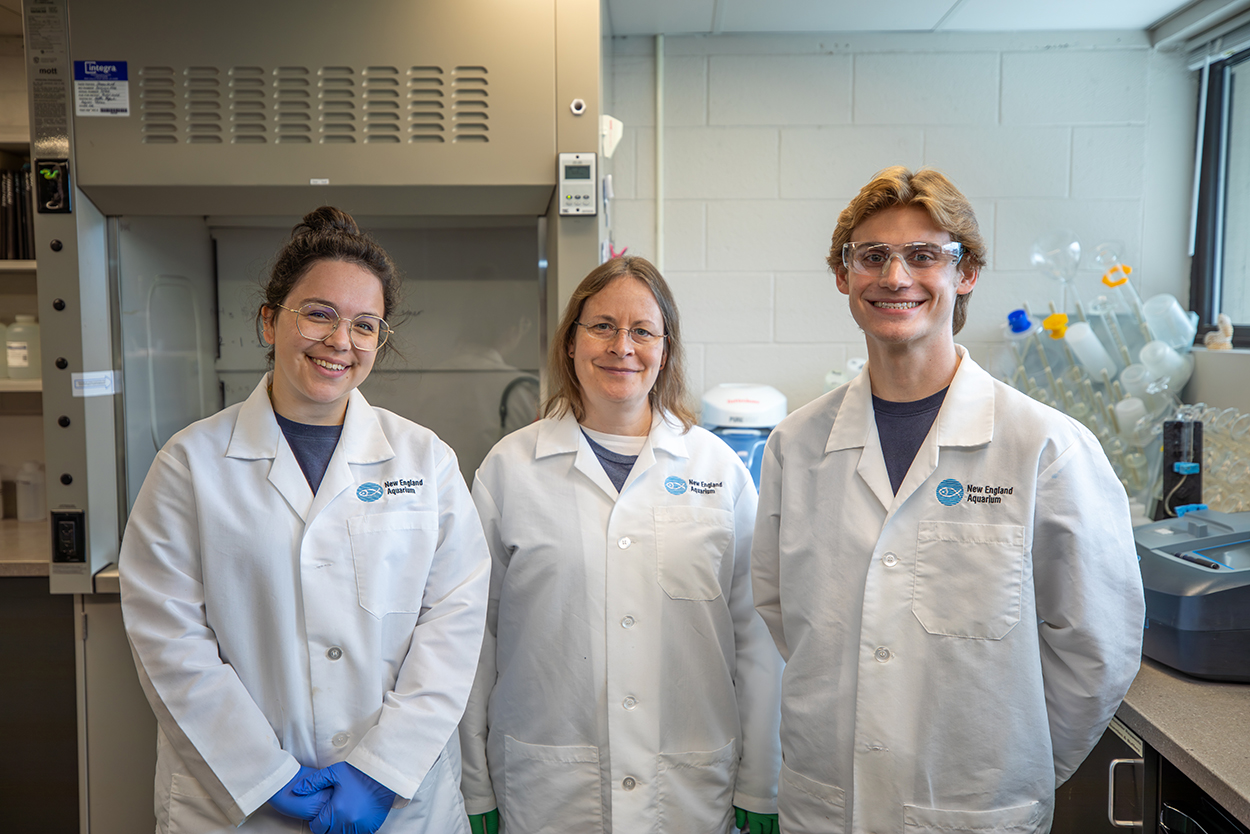
When you visit the New England Aquarium, your attention is usually on the animals. That’s exactly how the Environmental Quality team likes it.
“If the water is clear, nobody pays attention to water,” said Nina Fischer, the environmental quality director at the Aquarium. “We’re probably the only people walking through the building looking at water, not just the animals.” (Fun fact: Nina was a volunteer before joining the Aquarium’s full-time staff 15 years ago.)
Proper water quality is essential for animals’ health and wellbeing. Poor water quality—or even small deviations from the target ranges—can stress animals and make them more susceptible to illness.
Between the main Aquarium building and the Animal Care Center in Quincy, the team monitors about 180 distinct aquatic systems, each designed to replicate the natural environment of the animals who live there. Together, those systems hold more than 845,000 gallons of water that must be constantly monitored, tested, and adjusted.
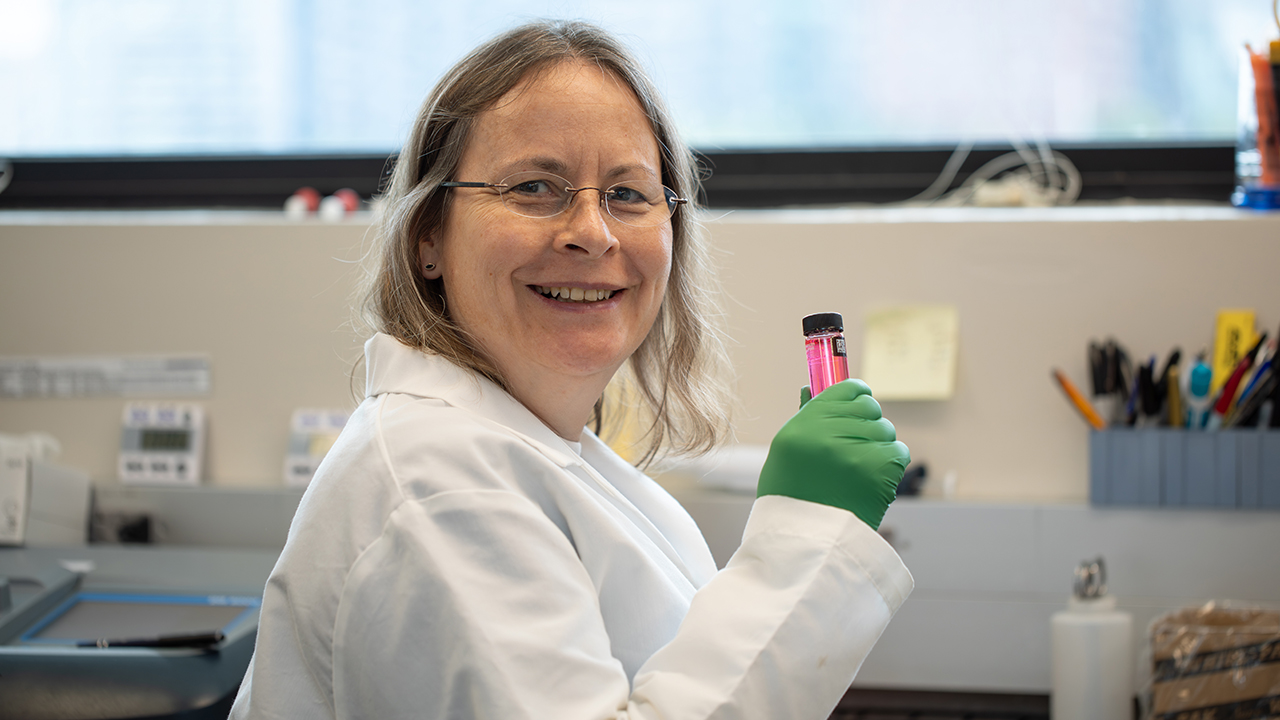
Treating the water
The Aquarium’s location on Boston Harbor is more than scenic—it’s practical. Harbor water flows into the main building, and Quincy Bay water into the Animal Care Center. Before it reaches any animals, the water is treated to remove impurities, adjust chemistry, and customize it for different habitats.
Treatment can include:
- Physical filtration (protein skimmers, sand filters) to remove debris and particles.
- Biological filtration (beneficial bacteria) to process animal waste.
- Disinfection (UV light, ozone) to kill harmful microbes.
- Temperature control (heaters, chillers, heat exchangers).
- Chemical adjustments such as adding calcium for coral and buffer to keep pH stable.
This process doesn’t stop when the water goes back out. The Aquarium also treats water before returning it to Boston Harbor and Quincy Bay to protect the harbor’s wild ecosystem.
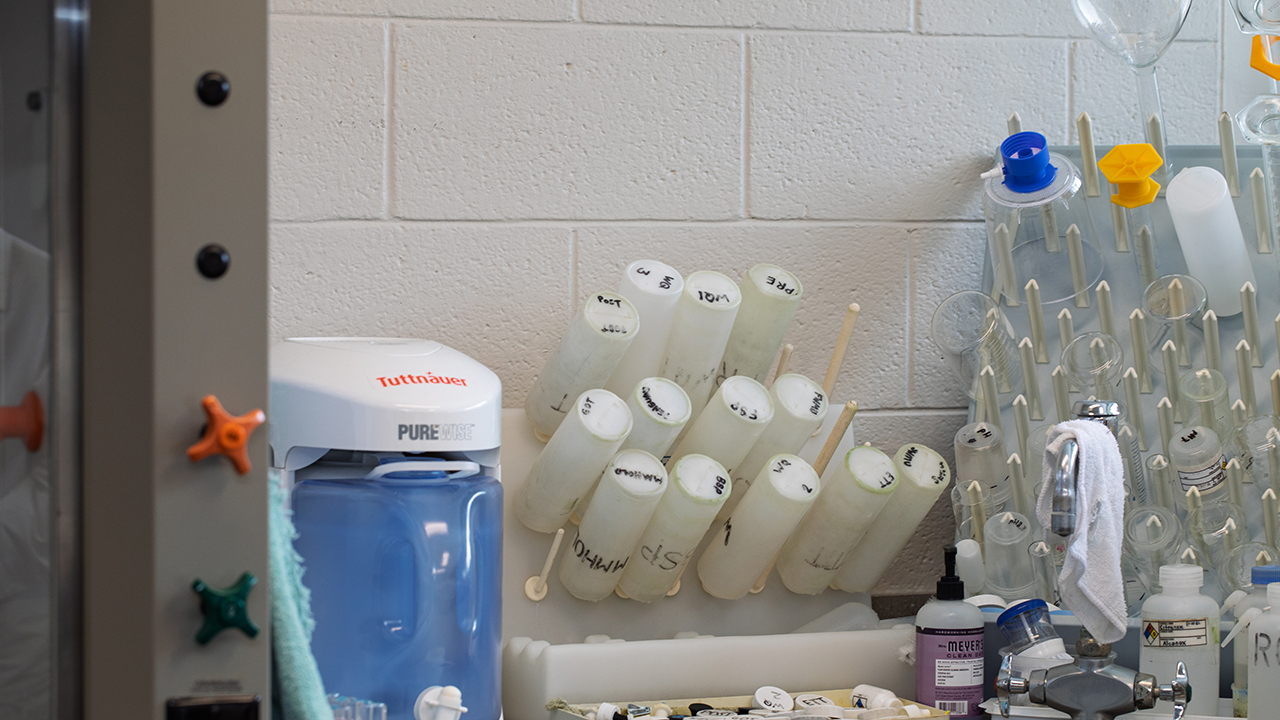
Inside the water quality lab
The team conducts daily tests on large systems, and at minimum, weekly and monthly tests on all systems, tracking factors like pH, salinity, dissolved oxygen, ammonia, nitrites, nitrates, phosphates, and more.
Some tests are required by the US Department of Agriculture or suggested by the Association of Zoos and Aquariums care manuals, while others are decided on internally in collaboration with husbandry and veterinary staff. The team records all results in Tracks, the Aquarium’s central database, so trends can be easily analyzed and hopefully spotted early.
“We use the data we generate to identify trends, and then to counteract that if the trend is going where we don’t want,” Nina said. “We tweak rather than make big adjustments so systems stay stable.”
Ammonia testing is a daily priority because it shows how well biofilters are breaking down waste from animals and leftover food. Bromine levels are tracked in systems that receive ozone treatment, such as the Giant Ocean Tank, Trust Family Foundation Shark and Ray Touch Tank, and marine mammal pools.
Bacteria tests (for enterococcus, total coliforms, and E. coli) are conducted in all main systems, but standards are especially strict for the Shark and Ray Touch Tank due to human contact. The team applies the same standards used for Massachusetts beaches and will close the exhibit if needed to protect visitors—a rare occurrence, but one they’re prepared for.
“Our systems are pretty stable,” said Nina. “We have a lot of screening and monitoring that we do just to be sure.”
While water is their primary concern, the team also monitors air quality in certain spaces, such as the Penguin Colony, where it’s important to be sure air filtration systems are working properly.
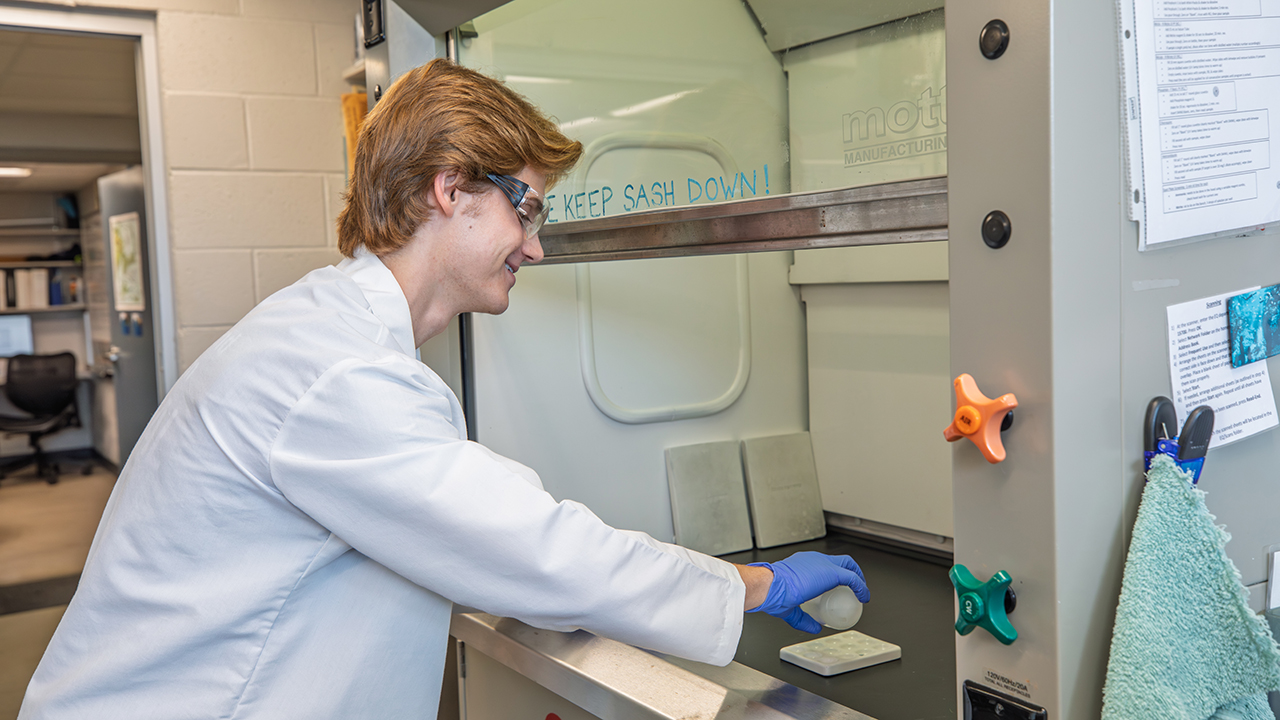
A collaborative effort
The Environmental Quality team works hand-in-hand with facilities and husbandry staff, exhibit curators, and veterinarians. Aquarists might bring water samples from a system with new animals or undergoing maintenance to check for impacts. Veterinary staff request water quality data when evaluating health concerns. The team’s meticulous record-keeping means anyone can access years of water quality readings to inform decisions.
“We’re basically in the middle of everything,” Nina said. “This is an aquarium—water is everywhere.”
First line of defense
With a team of four, the Environmental Quality team is small but vital. Their work is both reactive and proactive, addressing immediate concerns while preventing future problems. The earlier they can detect a problem or trend moving in the wrong direction, the more likely it can be corrected.
“I don’t question if my job matters or if what I do has an impact, because I know it does,” Nina said. “We directly contribute to all the animals’ wellbeing by making sure our water is good for them.”
Next time you’re visiting the Aquarium watching the animals thrive, you can thank the team you don’t see—the ones keeping our water systems healthy and flowing.

